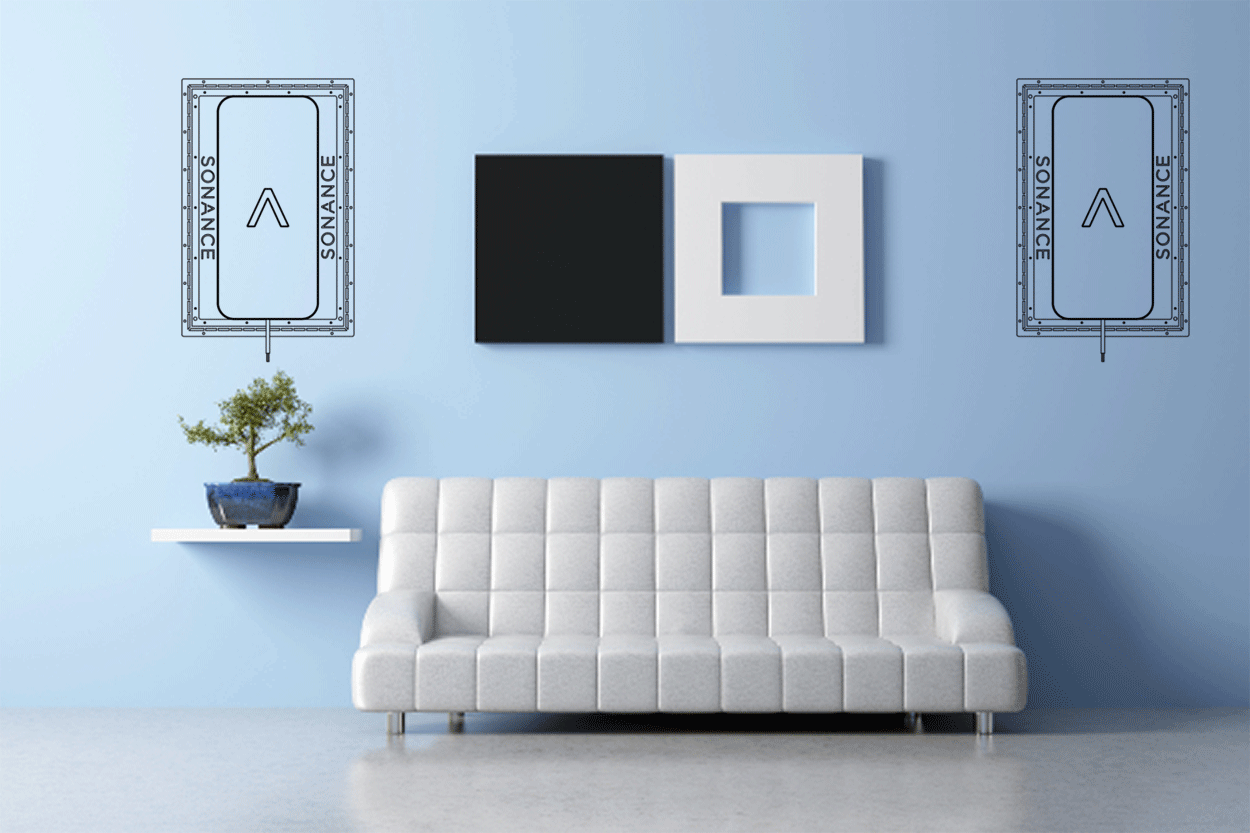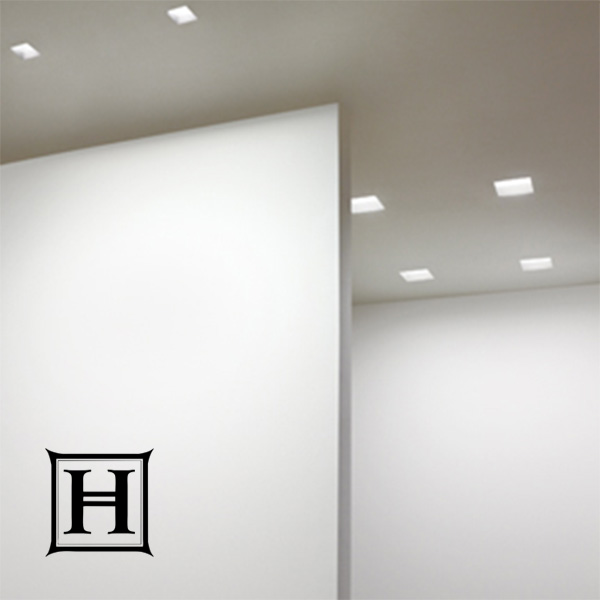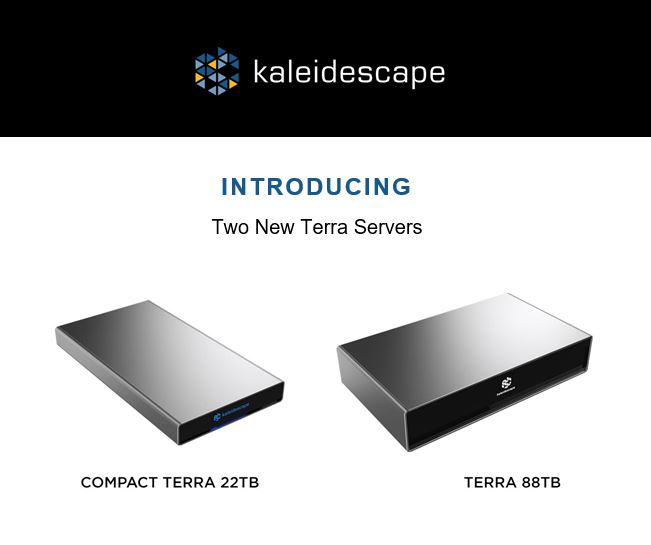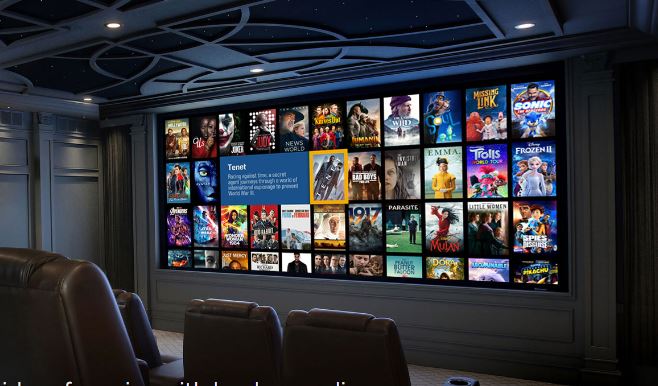
The “Must Have” Tech for Home Owners is Invisibility
No longer must technology exist at the expense of beautiful interior design.
If you have any experience with a professional interior designer, then you know that they find the idea of visible technology abhorrent. If interior designers had their way you wouldn’t have a single speaker showing or even a television. They find it destroys the aesthetic of the overall design and you know what? They are correct. Technology is a convenience tool that often exists at the inversely proportional expense of beautiful design. Fortunately, for the well-informed few, there is a solution.
From whence we came
Do you remember the old days when you would show off your media collection with shelves full of LPs, CDs, DVDs, Blu-Ray Discs etc.? Do you remember when your turntable was the centerpiece of your entertainment center? Even today you probably have a big TV right there in the middle of your living room. Like it or not, this trend is now over. It’s replaced by the desire to show off the actual details of the architecture and interior appointments. Even the ubiquitous TV, if not entirely hidden, can be camouflaged as a piece of functional artwork.
Designing luxury homes
I’ve walked many luxury homes with professional interior designers who became apoplectic at the sight of a 75-inch black rectangle occupying wall space in the living room that could otherwise be used for an incredible piece of art. Destroying the home’s aesthetic even further are visible speaker grills in the ceiling or walls, multiple lighting fixtures attached directly to the ceiling, more than one light switch on a wall, wall outlets that interrupt the natural grain of stone or wood surfaces, ceiling-attached tech such as smoke & CO2 detectors, hardware-store HVAC vents and air diffusers. The list goes on & on.
What’s the solution?
Professional interior designers will often align themselves with AV integrators that specialize in hiding tech. This gives them access to “trade-only” products that cannot easily be found in stores. The reason being that they require specific training to install. Look at Josh, Trufig, and Stealth Acoustics. These are just three examples of products that, when professionally installed, make technology virtually disappear.

It’s important to understand that almost anything can be made to disappear. Technology that is meant to be viewed such as a television can either retract into a wall or hinge into a ceiling or it can be camouflaged as actual artwork with a wood frame. I’ve even put in systems where the TV hides behind an actual canvas print that retracts out of the way at the touch of a button.

Window shades are often motorized these days and with some planning, they can automatically roll up out of the way into the ceiling. Drapery can hide away behind the wall to a neighboring room by using a curved track. Luxury lighting is now installed completely inside the ceiling, often times without even a bezel. The fixtures themselves have openings as small as 2”. Even utility lighting such as that used in a kitchen or workshop benefits from LED strip lighting hidden under a cabinet or shelf.

Luxury music speakers started off as free-standing behemoths. Tower speakers as they are called, offer quality sound in only one room. Interior designers and “significant others” hated them. Then came distributed audio which had a pair of speakers dotting the ceiling of several different rooms of the house. Some quality was sacrificed for getting the speakers off the floor but the benefit of music throughout the house was enormous. The problem was one usually needed to get up and go somewhere to change the song or the volume. Nowadays we have speakers that are buried completely inside a wall or ceiling, not visible at all because they are painted over. The music comes streaming from the internet or one’s own library. Best of all, you don’t need to even lift a finger if you want to adjust the volume or change tracks.

Source devices such as cable & satellite boxes, Blu-Ray players, streaming boxes like Roku & Apple TV, etc. are usually hidden away, far from the actual TV. People don’t want to see these things and they shouldn’t have to. We install equipment racks in the garage, the attic, under the stairs, and closets. Some equipment even gets installed inside the walls using special boxes. Control can be with a small, handheld remote control, your phone or tablet, even voice command.
These days, so much information can be transmitted over a single tiny wire or even wirelessly. There’s no longer any need to place it out in the open as was the norm just a few years ago.
Classic vs. Modern
What we are seeing is that it doesn’t really matter if someone has an older house with classic architecture, detailed iron & wood etc. or if they have a modern house made with mostly glass & concrete. In either case we find the electronics need to be either seamlessly integrated or completely hidden. Fortunately, this is not a problem. The first step is getting the house network up to snuff. Since most media (music, video, movies) travels digitally, we make sure we can get good signal, either wired or wireless, everywhere in the house. After that, it’s relatively easy.
The key is really just open communication between everyone involved. Homeowners collaborate with interior designers who then share their vision with AV integrators who work closely with the builder to make the magic happen. The result is synergy: The whole ends up being far greater than the sum of its parts.





Leave a Comment